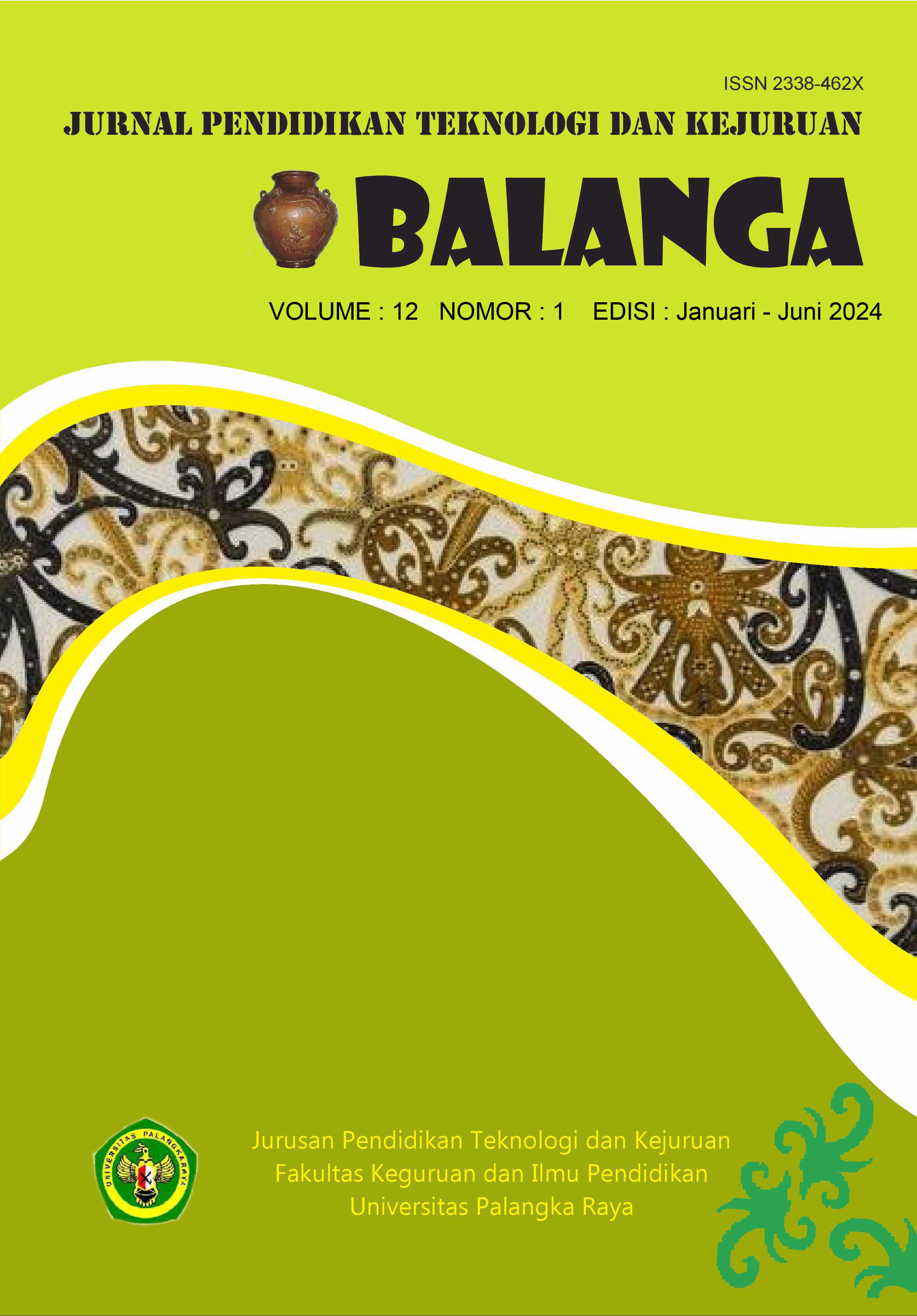VICTORIAN STUDY OF THE YOUNG VICTORIA MOVIE: A BARTHESIAN SEMIOTIC APPROACH
DOI:
https://doi.org/10.37304/balanga.v12i1.15704Keywords:
Victorian age, Barthesian semiotic approach, British, The Young VictoriaAbstract
Literary studies undeniably comprise a variety of meanings that implicitly need to be analyzed to know the unknown. For instance, in the film The Young Victoria, beyond the storyline and the cinematography, some signs and attitudes reflect a philosophical fact to reveal the history of the Victorian era. In conducting this study, the data was taken from a movie titled “The Young Victoria” with a duration of one hour, eighty minutes, and 13 seconds. It was aired in 2009. The data in this study was obtained by using an observation method and note-taking technique. The data was classified into verbal and non-verbal signs. Thus, by using the Barthesian semantic approach, the signifiers that appeared in the film were taken to present a signified narrative style of descriptive qualitative research. References related to the Victorian age and discourse analysis of semiotics were applied in this research to complete the elaboration of the flow of discussion in this study. Three results were eventually revealed in this research. First, the signifier wigs embody a noble class and formal outfits in a British court in the 18th century. Second, the classes in the movie can be determined by the means of transportation used in the town. Last, women in the Victorian period had limited opportunities to express their voices or speak up regarding pursuing an outdoor activity
Downloads
Downloads
Published
Issue
Section
License
Copyright (c) 2024 BALANGA: Jurnal Pendidikan Teknologi dan Kejuruan

This work is licensed under a Creative Commons Attribution 4.0 International License.






























